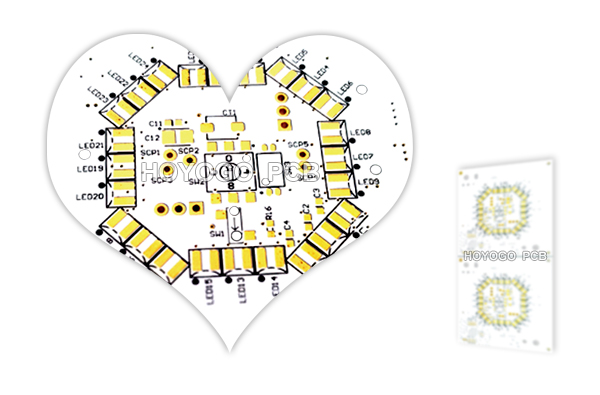Underwater lighting systems play a vital role in marine engineering, swimming pool illumination, landscape design, and deep-sea exploration. As the core control component of underwater lights, the design and performance of printed circuit boards (PCBs) directly determine the reliability, safety, and functionality of underwater lighting systems. So, what are the key roles of underwater light PCBs?

1. Circuit Connection and Signal Transmission
PCBs act as the nervous system of underwater lights, connecting various electronic components to form a complete circuit system. Through precisely designed conductive traces, they accurately transmit electrical power from the power source to components such as LED chips, driver ICs, and control modules, ensuring their stable operation. Meanwhile, underwater light PCBs are responsible for signal transmission, delivering control signals from the controller to various components to achieve precise adjustments of parameters like light color, brightness, and flashing patterns. For example, in an underwater lighting system with multiple lighting effects, the controller sends different electrical signals via the PCB to the LED chips, enabling them to display various colors (red, green, blue, etc.) and dynamic effects like gradients and flashes.
2. Thermal Management
LED light generate significant heat during operation. Without timely and effective heat dissipation, excessive temperatures can affect the luminous efficiency, lifespan, and stability of the LED chips. Underwater light PCBs play a crucial role in thermal management. These PCBs often use high thermal conductivity materials like aluminum substrates. Aluminum base PCBs efficiently conduct heat away from LED chips, dissipating it into the surrounding environment through water cooling or heat sinks. Additionally, PCB designs are optimized for thermal management—strategically placing components to minimize heat buildup, ensure LED lights operate within an optimal temperature range, and extend their lifespan.
3. Waterproof and Protection
The underwater environment is filled with moisture, posing a major challenge for electronic devices. Underwater light PCBs must possess excellent waterproofing capabilities to prevent short circuits, corrosion, and other issues caused by water ingress. To achieve waterproofing, PCBs typically incorporate multiple protective measures. First, a waterproof conformal coating is applied to the PCB surface to effectively block moisture and corrosive substances, protecting the circuits and components. Second, precision encapsulation techniques are used to fully enclose the PCB and its components, forming a sealed waterproof barrier that completely isolates the internal circuitry from external water exposure. For example, high-end underwater lights often use potting compounds to encapsulate the entire PCB and components. Once cured, the compound forms a solid protective shell that not only resists water but also provides shock resistance and dust protection, enhancing the reliability of the lighting system in harsh environments.
HoYoGo is an international, professional and reliable underwater light PCB manufacturer. We possess strong engineering capabilities, flexible supply chain management, excellent quality standards and strong production capacity. If you have any PCB requirements, please send us an inquiry.